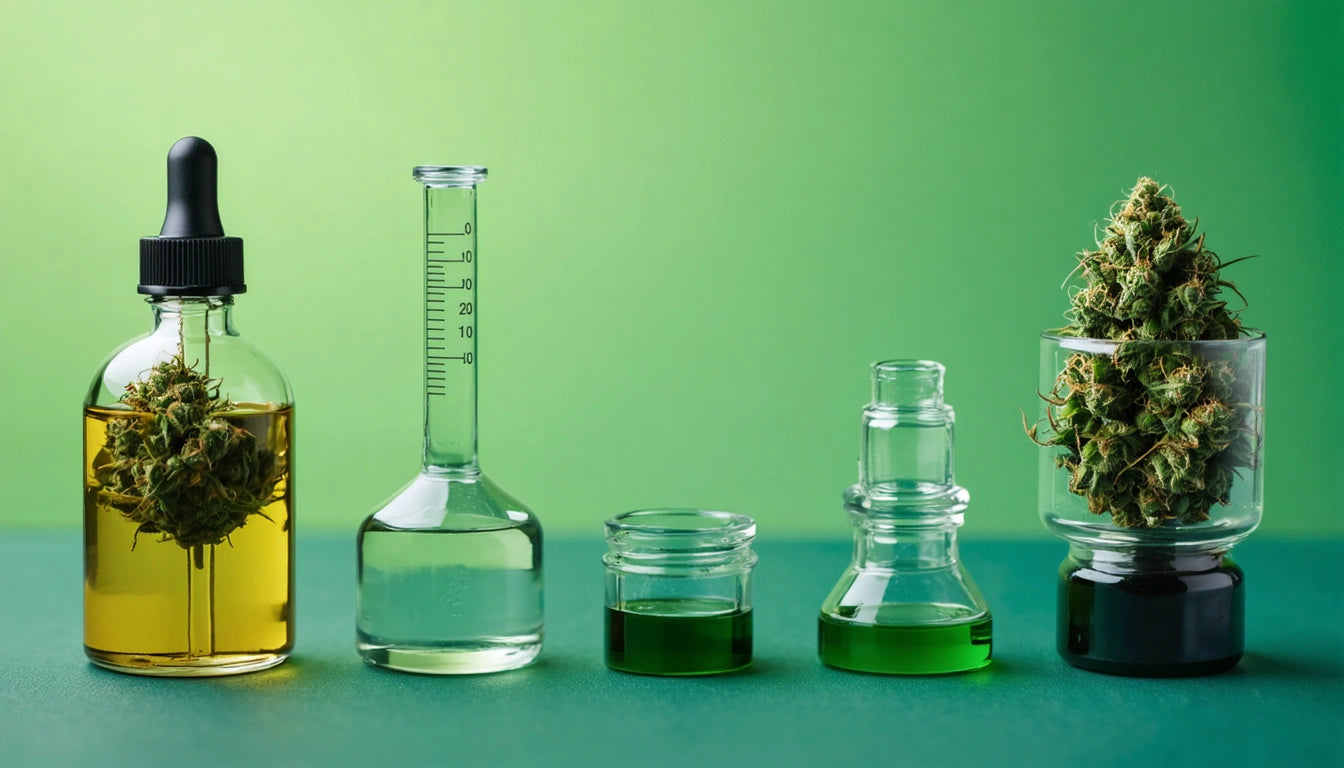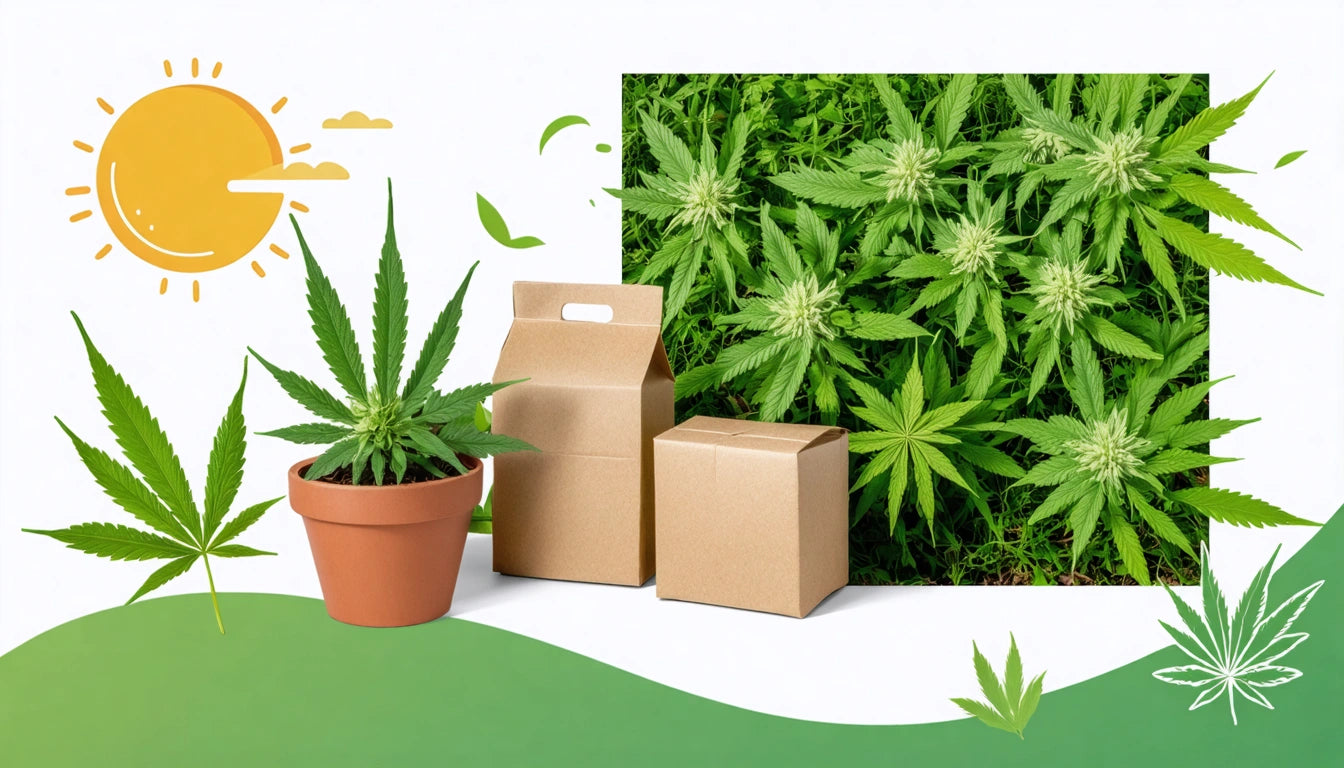Table of Contents
How Long Is Weed Detectable in Your System?
Understanding how long cannabis remains detectable in your system is crucial information for many consumers. Detection windows vary significantly based on testing methods, usage patterns, and individual physiology. This comprehensive guide explores the factors that influence how long marijuana can be detected in your body and what you should know about different testing approaches.
Detection Window Basics: How Long Weed Remains Detectable
Cannabis detection windows depend primarily on the testing method used. While THC effects typically last only a few hours, the compounds it metabolizes into can remain in your system much longer. These metabolites, particularly THC-COOH, are what most drug tests screen for rather than the psychoactive component itself.
The general detection windows for different test types are:
- Urine tests: 3-30+ days
- Blood tests: 1-7 days
- Saliva tests: 24-72 hours
- Hair tests: Up to 90 days
These timeframes represent averages and can vary substantially based on individual factors and consumption patterns. Urine testing remains the most common screening method due to its relatively long detection window and non-invasive collection process.
Detection Methods and Timeframes
Urine Testing Detection Windows
Urine tests are the standard for workplace and probation screenings. How long weed stays detectable in urine follows these general guidelines:
- Single use: 3-5 days
- Moderate use (4 times/week): 5-7 days
- Daily use: 10-15 days
- Heavy, chronic use: 30+ days
The metabolites cannabis produces are fat-soluble, which means they bind to fat molecules in the body, potentially extending detection times for regular users.
Blood Testing
Blood tests have a shorter detection window than urine tests but provide a more accurate picture of recent consumption. Cannabis typically remains detectable in blood for 1-2 days in occasional users and up to 7 days in frequent users.
Hair Testing
Hair follicle tests have the longest detection window, potentially identifying cannabis use for up to 90 days. THC metabolites can be detected in hair approximately 7-10 days after use and remain present as the hair grows, at roughly 0.5 inches per month.
Factors Affecting How Long Cannabis Remains in Your System
Several key factors influence how long marijuana remains detectable:
- Frequency of use
- THC potency of consumed products
- Metabolism rate
- Body fat percentage
- Hydration levels
- Exercise habits
- Age
These variables create significant differences in detection windows between individuals. For those in the cannabis industry working with products and equipment, understanding these variables is important. When filling and processing cannabis products, using reliable filling equipment for accurate dosing becomes essential for consistent consumer experiences.
How Usage Frequency and Potency Impact Detection Times
The frequency of cannabis use significantly affects how long it remains detectable. This occurs because THC accumulates in fat cells with repeated exposure. Regular users will have a higher baseline level of metabolites, requiring more time to drop below test thresholds.
Similarly, higher potency products extend detection windows. Concentrates, which can contain 60-90% THC compared to flower's typical 15-25%, introduce substantially more cannabinoids into the system. This higher concentration takes longer to metabolize and eliminate.
Studies on detection timeframes consistently show that chronic, heavy users may test positive for significantly longer periods than occasional users, sometimes exceeding the standard detection windows by weeks.
Metabolism, Body Mass, and Detection Variables
Individual metabolism plays a crucial role in how quickly cannabis is processed and eliminated. Those with faster metabolisms typically clear THC metabolites more quickly than those with slower metabolic rates.
Body composition also matters significantly. Since THC metabolites are fat-soluble, they bind to fat cells. Individuals with higher body fat percentages may retain these metabolites longer than those with lower body fat, potentially extending detection windows.
Other physiological factors that influence detection times include:
- Age (metabolism typically slows with age)
- Sex (different fat distribution patterns)
- Overall health
- Liver function
These variables explain why two people with identical consumption patterns might have very different detection windows. Research on marijuana detection in urine shows these individual differences can cause detection times to vary by days or even weeks.
Practical Considerations for Cannabis Consumers
For those concerned about how long cannabis may be detectable in their system, several practical points should be considered:
- Detection windows are averages, not guarantees
- Home test kits can help monitor THC metabolite levels
- Hydration affects urine concentration but won't significantly speed elimination
- Exercise can temporarily increase THC metabolites in the bloodstream
- Claims about detox products accelerating elimination lack scientific support
Understanding these detection windows helps consumers make informed decisions about their cannabis use, particularly in contexts where testing may occur. While various methods claim to accelerate the elimination of cannabis from your system, most lack scientific validation.
The most reliable approach remains allowing sufficient time based on your usage patterns, with the understanding that how long weed stays detectable varies significantly between individuals and testing methods.











Leave a comment
All comments are moderated before being published.
This site is protected by hCaptcha and the hCaptcha Privacy Policy and Terms of Service apply.